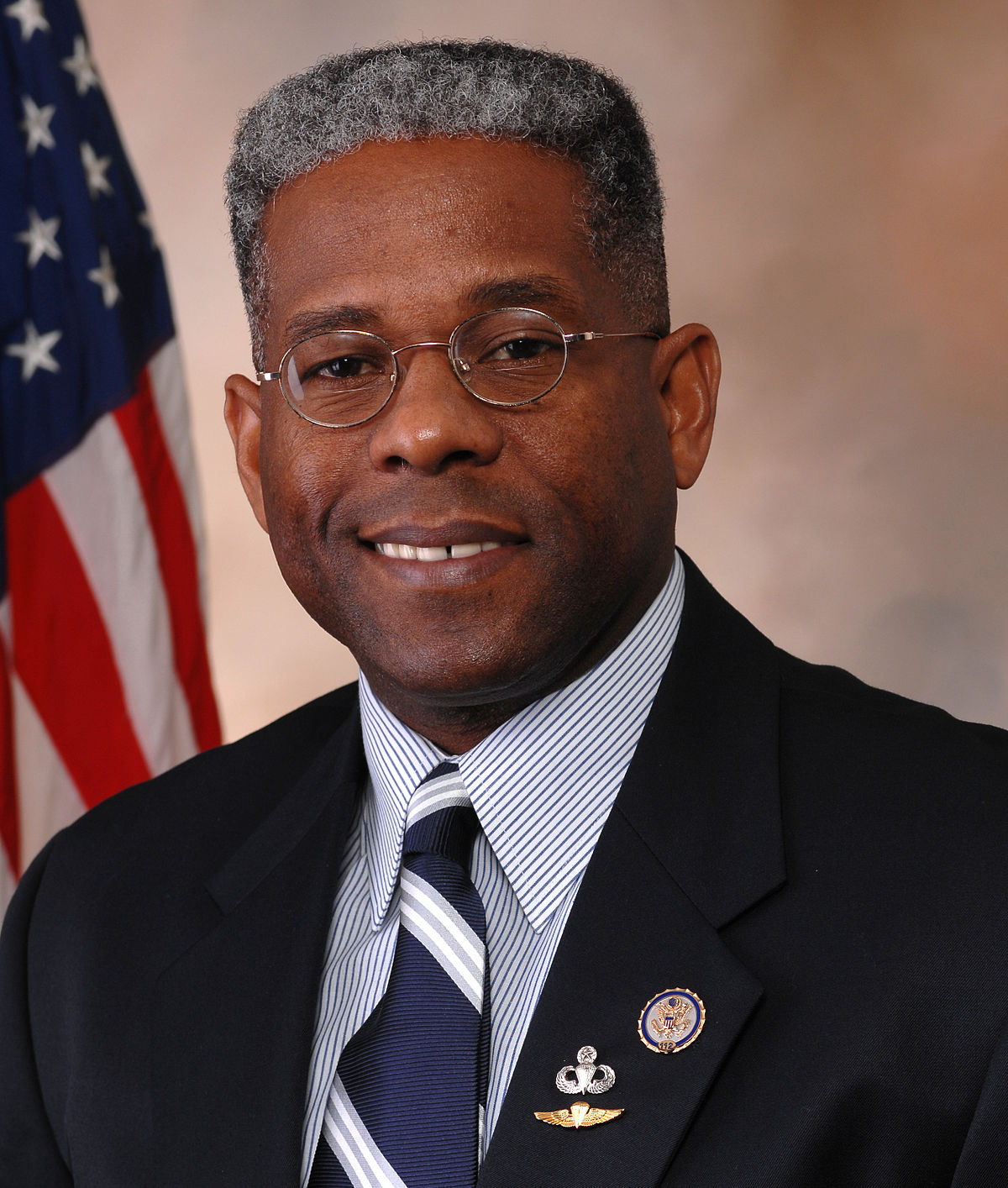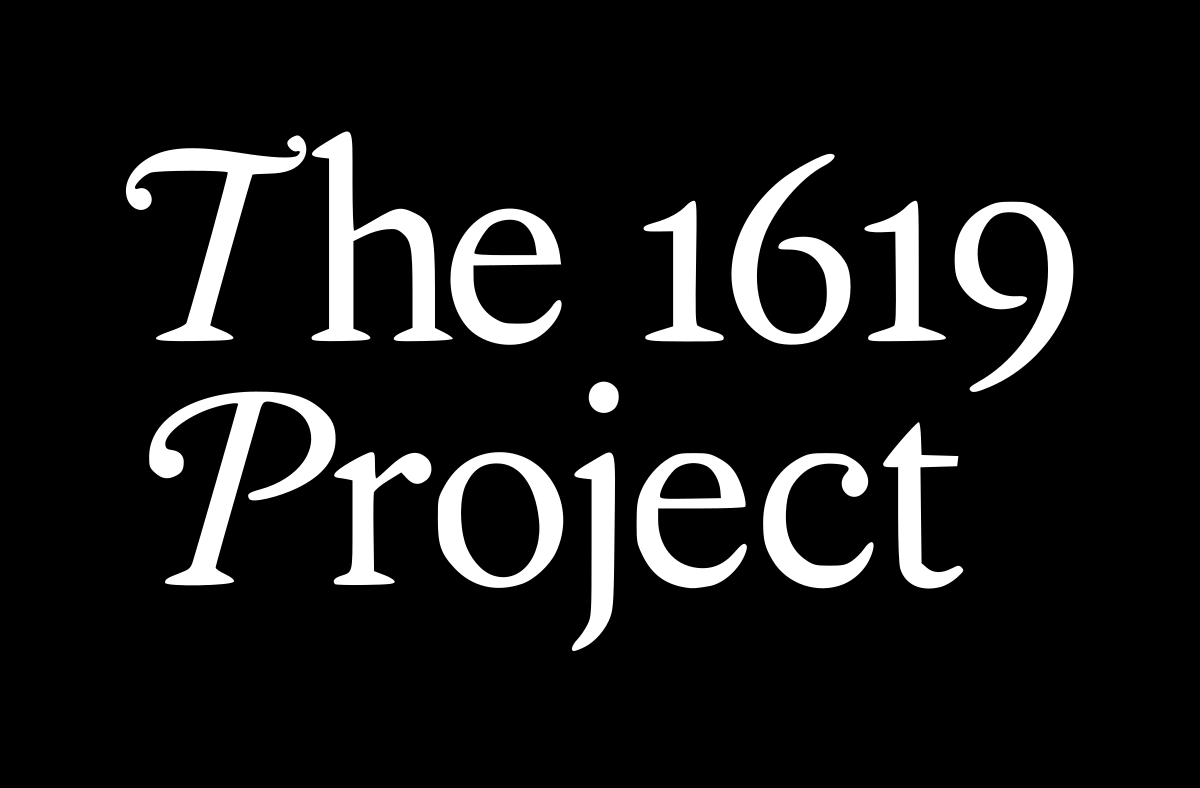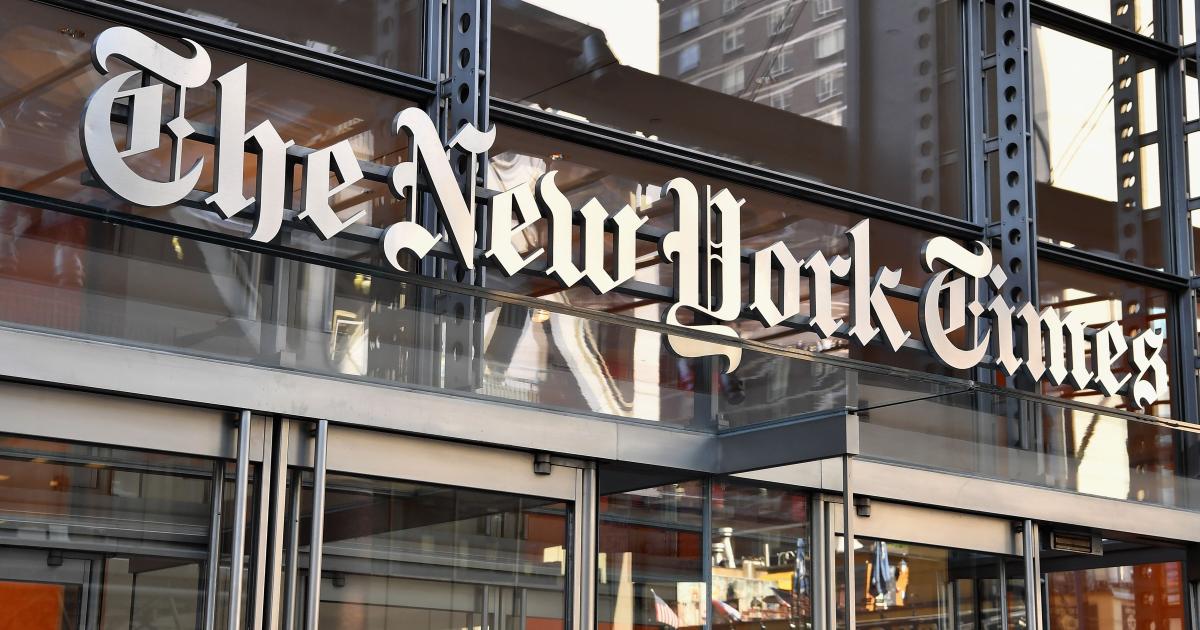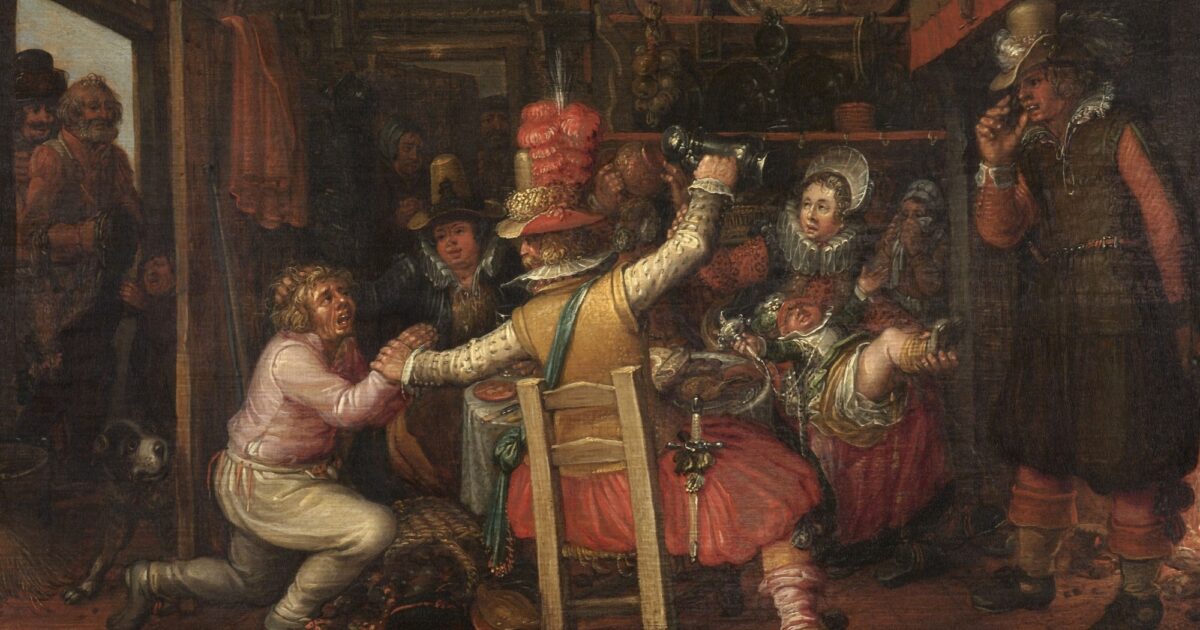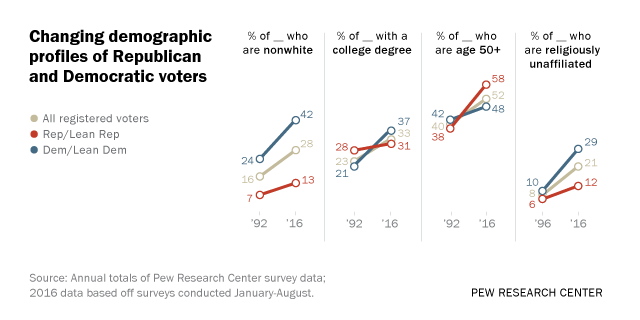Concerned American
Diamond Member
- Dec 5, 2020
- 36,737
- 37,109
W
What is so difficult to understand when we deal with equality. That means that every PERSON in the country is afforded the SAME opportunity. There should be no reference to race, gender, or anything else as that is counter to EQUALITY. Notice the first five letters. That means no affirmative action or any other program the elevates one group over another as that is the classic definition of RACISM. One group believing they are superior to or have more rights than another. SMH.You are a nothing name on a message board, and likely Leftist troll as well, but for others and further information;What’s specifically is disinformation from CRT and 1619…. Not your words their words… can you cite and example or two?The practice(actions) is they perform racism.The mantra is that they hate racism.The hate whitey mantra, their blatant support for speech suppression and fascism kinda changes things a bit...doesn’t it?
See CRT and 1619 as classic examples of distortion and disinformation from the party of the forked tongue.
Part One CRT
......
Critical race theory (CRT) is a theoretical framework or set of perspectives by which structural and institutional racism may be examined.[1] It developed as an academic movement of civil-rights scholars and activists in the United States who sought to critically examine U.S. law as it intersects with issues of race in the U.S. and to challenge mainstream American liberal approaches to racial justice.[2] CRT examines social, cultural and legal issues as they relate to race and racism in the United States[3][4] and, more recently, England and Australia.[5][6][7][8]
CRT originated in the mid-1970s in the writings of several American legal scholars, including Derrick Bell, Alan Freeman, Kimberlé Crenshaw, Richard Delgado, Cheryl Harris, Charles R. Lawrence III, Mari Matsuda, and Patricia J. Williams.[2] It emerged as a movement by the 1980s, reworking theories of critical legal studies (CLS) with more focus on race.[2][9] CRT is grounded in critical theory[10] and draws from thinkers such as Antonio Gramsci, Sojourner Truth, Frederick Douglass, and W. E. B. DuBois, as well as the Black Power, Chicano, and radical feminist movements from the 1960s and 1970s.[2]
CRT emphasizes how racism and disparate racial outcomes can be the result of complex, changing and often subtle social and institutional dynamics, rather than explicit and intentional prejudices by individuals.[11][12] It also views race and white supremacy as an intersectional social construction[11] which serves to oppress people of color and marginalized communities at large (i.e gender and class).[13][14][15] [16] In the field of legal studies, CRT emphasizes that merely making laws colorblind on paper may not be enough to make the application of the laws colorblind; ostensibly colorblind laws can be applied in racially discriminatory ways.[17] Intersectionality – which emphasizes that race can intersect with other identities (such as gender and class) to produce complex combinations of power and disadvantage – is a key CRT concept.[18]
Academic critics of CRT argue that it relies on social constructionism, elevates storytelling over evidence and reason, rejects the concepts of truth and merit, and opposes liberalism.[19][20][21] Since 2020, conservative lawmakers in the United States have sought to ban or restrict critical race theory instruction along with other anti-racism programs.[12][22] Critics of these efforts say the lawmakers have poorly defined or misrepresented the tenets and importance of CRT and that the goal of the laws is to silence broader discussions of racism, equality, social justice, and the history of race.[23][24][25] CRT has since 2020 been seen as part of the "culture wars" in the political landscape of the United Kingdom and Australia as well.[1][26][8]
...
Red highlight mine.Critical race theory - Wikipedia
en.wikipedia.org
~~~~~~~~~~~
critical race theory (CRT), intellectual movement and loosely organized framework of legal analysis based on the premise that race is not a natural, biologically grounded feature of physically distinct subgroups of human beings but a socially constructed (culturally invented) category that is used to oppress and exploit people of colour. Critical race theorists hold that the law and legal institutions in the United States are inherently racist insofar as they function to create and maintain social, economic, and political inequalities between whites and nonwhites, especially African Americans.
...
~~~~~~~~~~~~~~
Critical race theory (CRT) | Definition, Principles, & Facts
Critical race theory, intellectual and social movement and framework of legal analysis based on the premise that race is a socially constructed category that is used to oppress and exploit people of color. Critical race theorists hold that racism is inherent in the law and legal institutions of...www.britannica.com
...
Critical race theory is fast becoming America’s new institutional orthodoxy. Yet most Americans have never heard of it—and of those who have, many don’t understand it. It’s time for this to change. We need to know what it is so we can know how to fight it.
In explaining critical race theory, it helps to begin with a brief history of Marxism. Originally, the Marxist Left built its political program on the theory of class conflict. Marx believed that the primary characteristic of industrial societies was the imbalance of power between capitalists and workers. The solution to that imbalance, according to Marx, was revolution: the workers would eventually gain consciousness of their plight, seize the means of production, overthrow the capitalist class, and usher in a new socialist society.
During the 20th century, a number of regimes underwent Marxist-style revolutions, and each ended in disaster. Socialist governments in the Soviet Union, China, Cambodia, Cuba, and elsewhere racked up a body count of nearly 100 million of their own people. They are remembered for their gulags, show trials, executions, and mass starvations. In practice, Marx’s ideas unleashed man’s darkest brutalities.
By the mid-1960s, Marxist intellectuals in the West had begun to acknowledge these failures. They recoiled at revelations of Soviet atrocities and came to realize that workers’ revolutions would never occur in Western Europe or the United States, where there were large middle classes and rapidly improving standards of living. Americans in particular had never developed a sense of class consciousness or class division. Most Americans believed in the American dream—the idea that they could transcend their origins through education, hard work, and good citizenship.
But rather than abandon their Leftist political project, Marxist scholars in the West simply adapted their revolutionary theory to the social and racial unrest of the 1960s. Abandoning Marx’s economic dialectic of capitalists and workers, they substituted race for class and sought to create a revolutionary coalition of the dispossessed based on racial and ethnic categories.
...
~~~~~~~~~~~~~~
Critical Race Theory: What It Is and How to Fight It
No longer simply an academic matter, critical race theory has become a tool of political power. To borrow a phrase from the Marxist theoretician Antonio Gramsci, it is fast achieving “cultural hegemony” in America’s public institutions. More and more, it is driving the vast machinery of the...imprimis.hillsdale.edu
...
What is Critical Race Theory?
An outgrowth of the European Marxist school of critical theory, critical race theory is an academic movement which seeks to link racism, race, and power. Unlike the Civil Rights movement, which sought to work within the structures of American democracy, critical race theorists challenge the very foundations of the liberal order, such as rationalism, constitutional law, and legal reasoning. Critical race theorists argue that American social life, political structures, and economic systems are founded upon race, which (in their view) is a social construct.
Systemic racism, in the eyes of critical race theorists, stems from the dominance of race in American life. Critical race theorists and anti-racist advocates argue that, because race is a predominant part of American life, racism itself has become internalized into the American conscious. It is because of this, they argue, that there have been significantly different legal and economic outcomes between different racial groups.
What are the implications of Critical Race Theory?
Advocates of anti-racism and critical race theory use this focus on race to emphasize the importance of identity politics. ...
...
~~~~~~~~~~~~~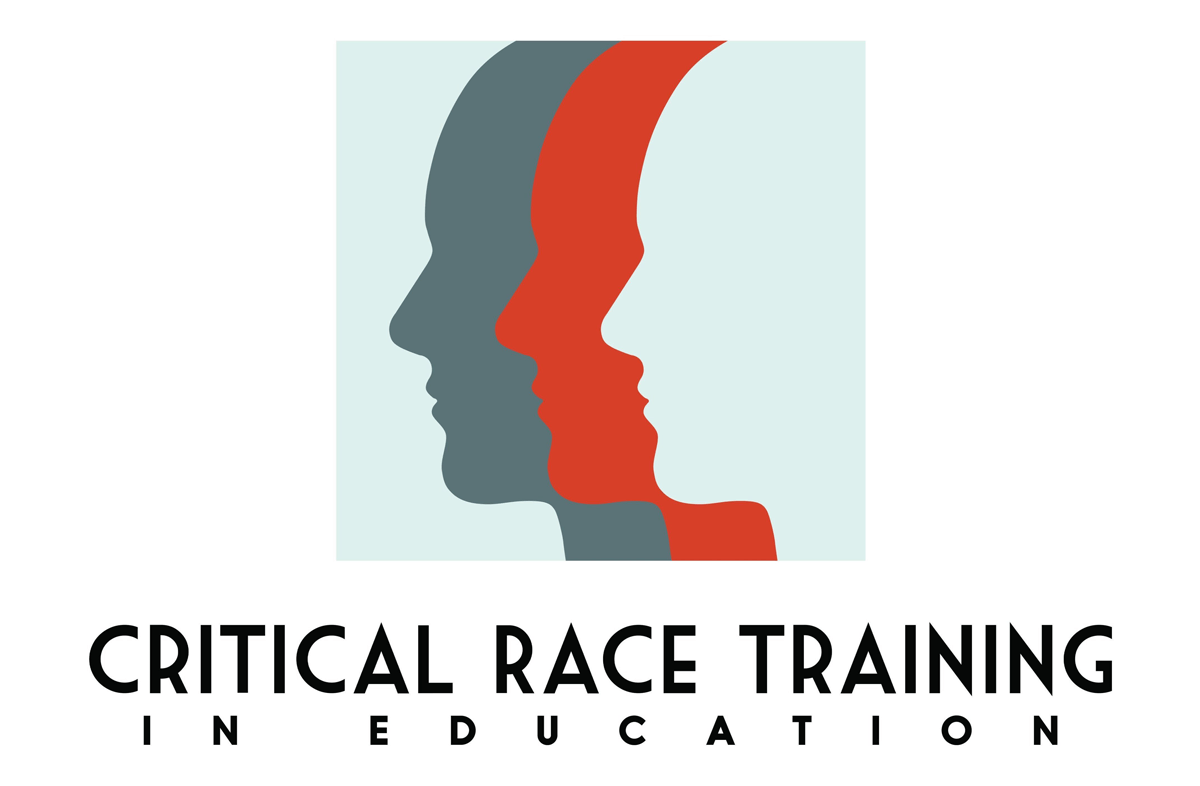
What is Critical Race Theory?
Critical Race Theory is not the traditional civil rights movement, which sought to provide equal opportunity and dignity without regard to race.criticalrace.org
...
Critical race theory (CRT) is a movement that challenges the ability of conventional legal strategies to deliver social and economic justice and specifically calls for legal approaches that take into consideration race as a nexus of American life.
The movement champions many of the same concerns as the civil rights movement but places those concerns within a broader economic and historical context. It often elevates the equality principles of the Fourteenth Amendment above the liberty principles of the First Amendment.
...
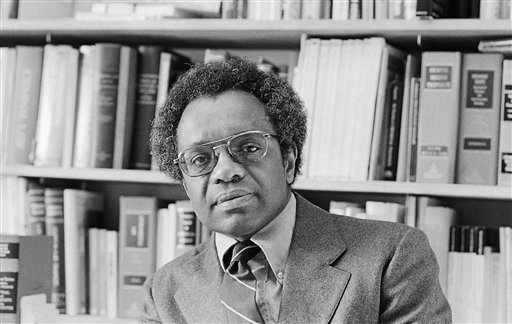
Critical Race Theory
Critical race theory scholars have advocated for hate speech laws and have said there is no value to protecting such speech under the First Amendment.mtsu.edu

